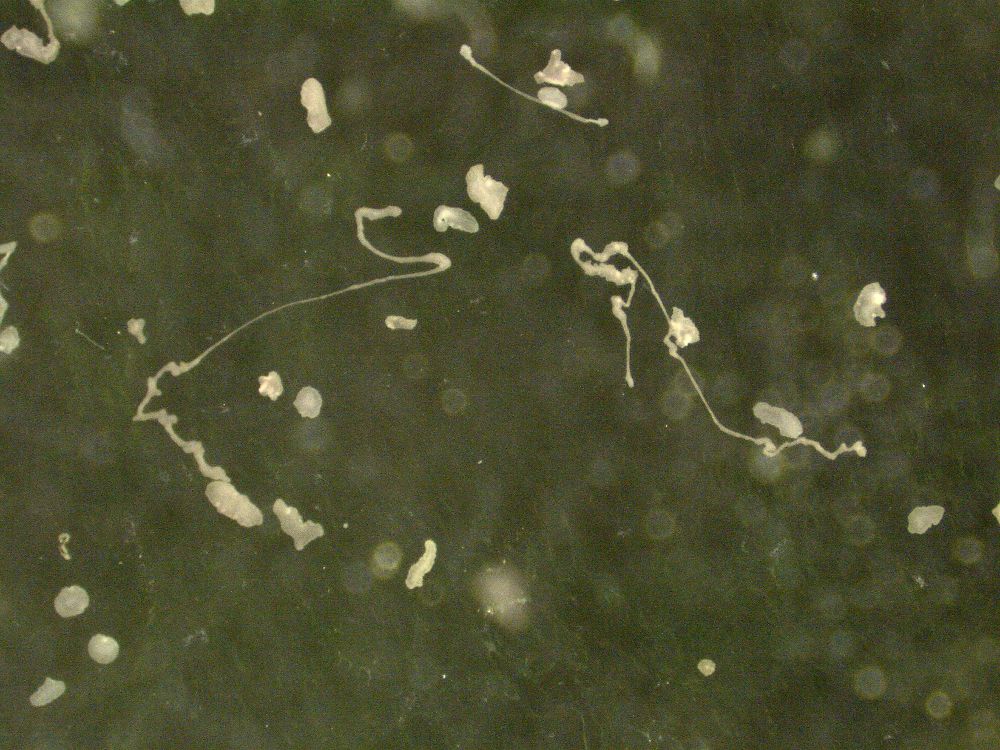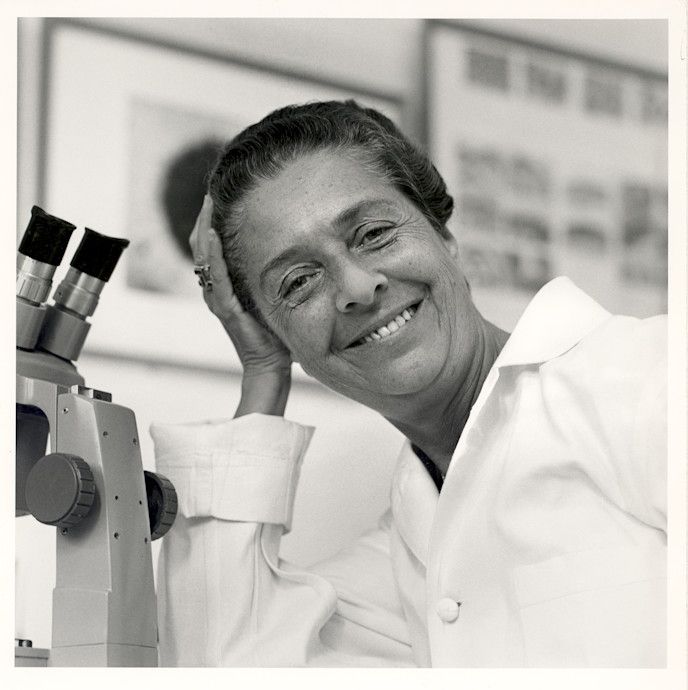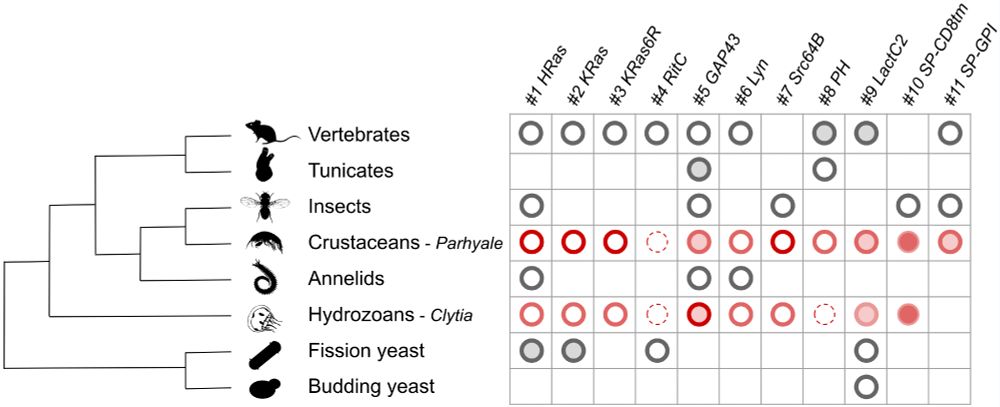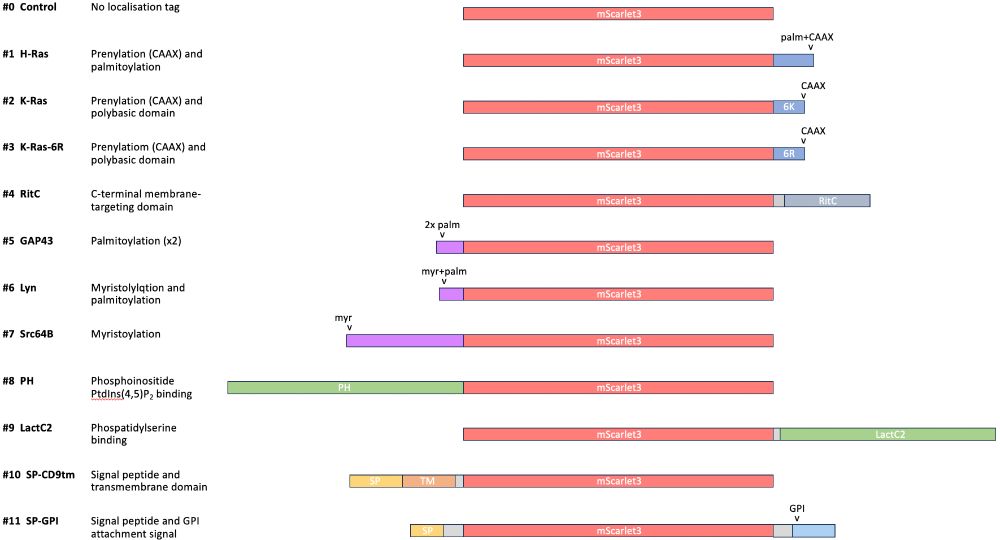


Ending 🧵 with a marker for visualising chanoflagellates, closest unicellular relatives of animals, by @jujumathieu.bsky.social and @thibautbrunet.bsky.social

Ending 🧵 with a marker for visualising chanoflagellates, closest unicellular relatives of animals, by @jujumathieu.bsky.social and @thibautbrunet.bsky.social
see doi.org/10.1101/2024... 🧵

see doi.org/10.1101/2024... 🧵
🧵
🧵

see doi.org/10.1101/2024...
🧵

see doi.org/10.1101/2024...
🧵
see doi.org/10.1101/2024...
🧵

see doi.org/10.1101/2024...
🧵
You are looking at embryos of a sea squirt. Each of the 'soap bubbles' is a living cell, about a fourtieth of a millimetre in size. The outlines of the cells are visible thanks to fluorescent markers identified by Hitoyoshi Yasuo @hitoyas.bsky.social
see doi.org/10.1101/2024... 🧵

You are looking at embryos of a sea squirt. Each of the 'soap bubbles' is a living cell, about a fourtieth of a millimetre in size. The outlines of the cells are visible thanks to fluorescent markers identified by Hitoyoshi Yasuo @hitoyas.bsky.social
see doi.org/10.1101/2024... 🧵
2/4

2/4





[movie accelerated 3x; animal 0.5 to 1 mm in size]
[movie accelerated 3x; animal 0.5 to 1 mm in size]


www.averof-lab.org/pages/3560

www.averof-lab.org/pages/3560
nautil.us/a-lab-of-her...

nautil.us/a-lab-of-her...



zenodo.org/records/1370...

zenodo.org/records/1370...



